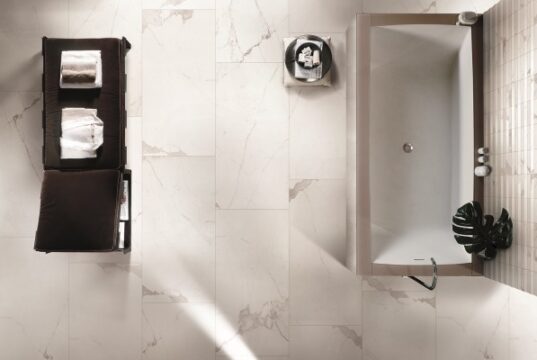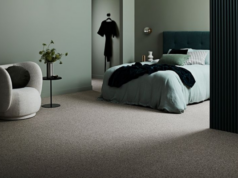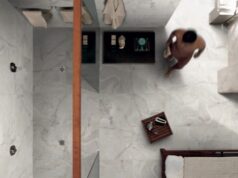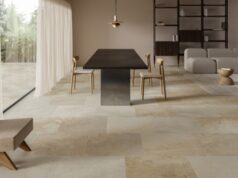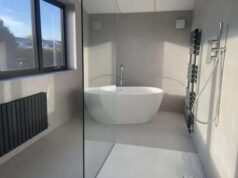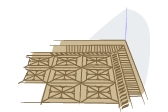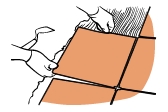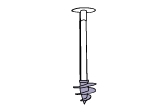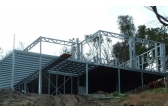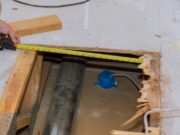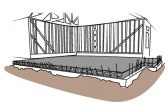Floating floor
Floating floor offers a nice wood-like veneer for your floors without the cost or permanence of timber floorboards.
If you want the aesthetic appeal of...
Wooden floorboards
Floorboards create a warm, classic look, while at the same time offering both strength and rigidity.
Wooden floors are popular for their timeless appeal, and...
Vinyl and linoleum
Linoleum (or lino for short) is a popular floor covering, thanks mostly to its excellent durability and affordable cost.
Vinyl and linoleum flooring are cheap,...
Parquetry floors
Parquetry involves patterns and designs made from pieces of wood, and can help to give a classy, ornate look to your floor.
Parquet flooring is...
Floor tiles
Tiles are available in all manner of sizes, shapes and patterns, and are ideal for use in areas that require waterproofing.
Tiled floors are waterproof...
Particleboard flooring
Particleboard sheet flooring is used to cover large expanses of floor quickly and cheaply, providing a base for other flooring finishes.
A worker busy installing...
Screw piers (or screw piles)
Screw piers offer a quick, strong and very effective way to install stumps for a house, and can be installed almost anywhere.
Screw piers can...
Steel frame subfloors
Steel can be used as an alternative to wood to create a sturdy beam and joist subfloor frame.
Steel framed floors provide extra strength and...
Beam and joist subfloor
For homes with raised floors—especially on sloping sites or in flood-prone areas—a beam and joist system is one of the most common methods of sub-floor construction in Australia. It’s a tried and tested approach that offers good structural support, design flexibility and accessibility underneath the home.
Suspended slab subfloor
Suspended slab can be used either for the upper-floors in a multi-storey building, or as a solid base on hilly or uneven terrain.
Suspended slab...

